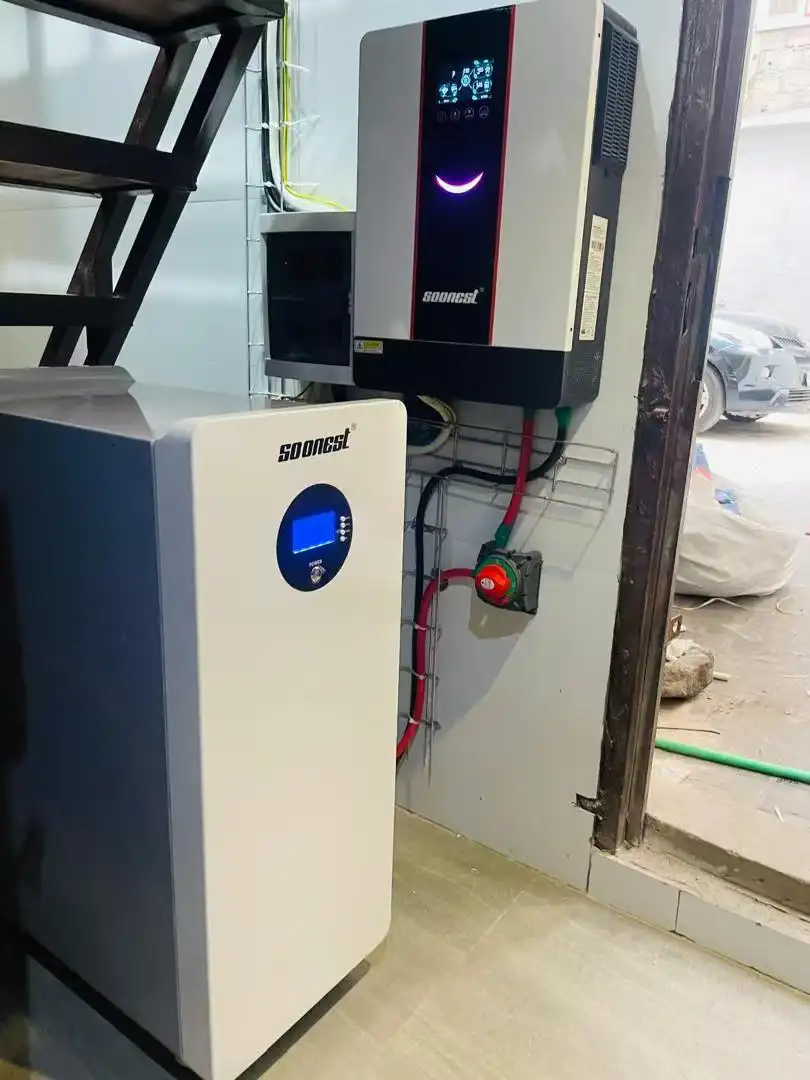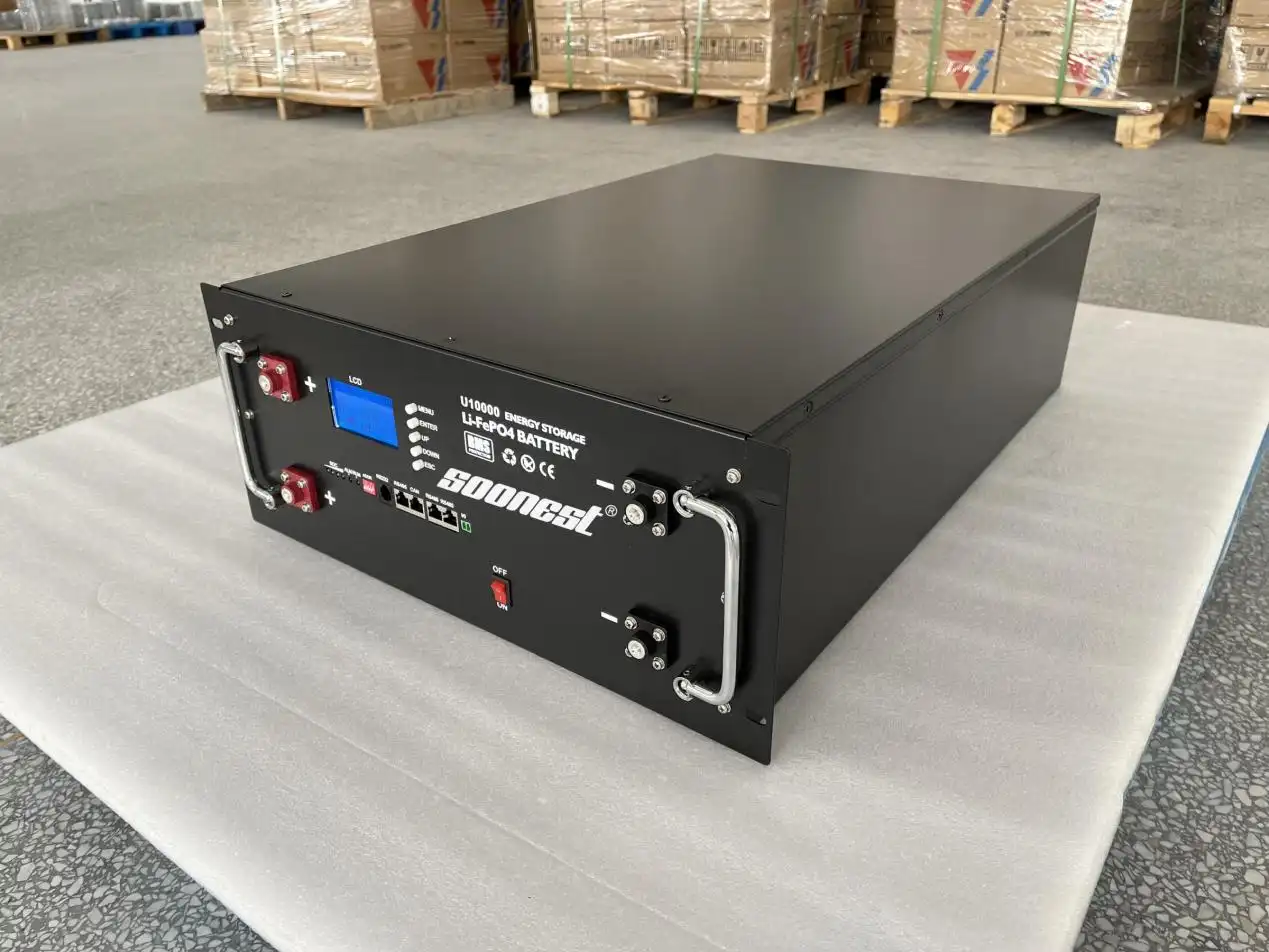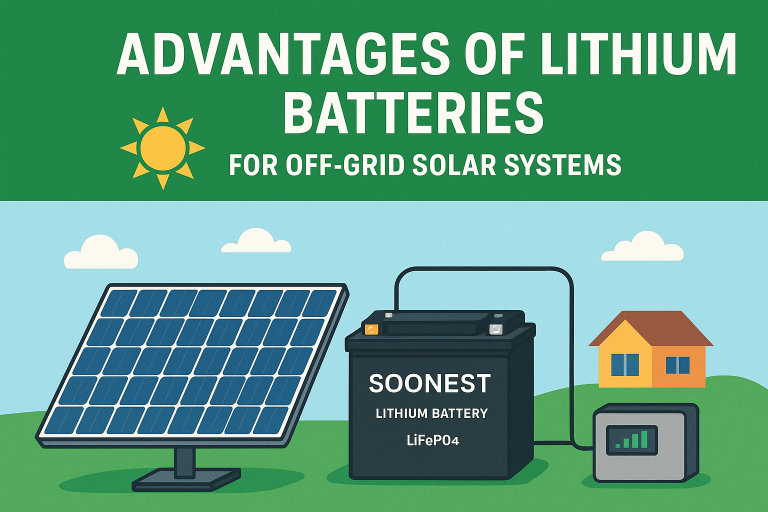فهمك بطارية شمسية مخطط الجهد هو المفتاح للحفاظ على نظام خارج الشبكة يعمل بسلاسة. إنه يخبرك ليس فقط كم من الطاقة المتبقية، ولكن أيضا أدلة على صحة البطارية. ما إذا كنت’ باستخدام بطاريات هلام أو ليثيوم أو حمض الرصاص ، تساعدك قراءات الجهد على تجنب المفاجآت واتخاذ قرارات ذكية. دعونا نكسر ما تعنيه هذه الأرقام حقا وكيفية استخدامها لمصلحتك.

لماذا تتغير أرقام الجهد عند الراحة أو الشحن أو تشغيل الأشياء؟
عندما تبرد بطاريتك دون أي عمل للقيام به ، تحصل على جهد راحة. هذه هي الصفقة الحقيقية، خط البداية الحقيقي. ولكن عندما يتم شحن أو تشغيل شيء ما ، تتحرك الأرقام. لماذا ؟ هذا بسبب التدفق الحالي والمقاومة الداخلية التي تفوض الأمور.
يمكن للشحن ضخ الجهد ، مما يجعله يبدو أعلى من الشحنة الفعلية. إنه مثل تفجير بالون - يبدو أكبر ، لكنه ليس مليءًا بالأشياء. عندما تعمل البطارية بجد ، مثل تشغيل مروحة ، ينخفض الجهد. هذا بسبب المقاومة واستخدام الطاقة. لذلك ، قد يعطيك التحقق من العداد أثناء ضجيج الأشياء فكرة خاطئة حول كم من الطاقة المتبقية.
فكر في ذلك مثل حمل حقيبة ثقيلة أثناء الركض. إنه يبطئك، والجهد يعمل بنفس الطريقة تحت الحمل. تحقق من ذلك عندما تستمر البطارية للحصول على الصورة الحقيقية.
كيف تفوض درجة الحرارة والحمولة مع قراءات الجهد؟
دقة الجهد لتغير درجة الحرارة القريبة
يمكن لدرجة الحرارة فعلا رمي قراءات البطارية الخاصة بك. الطقس البارد يجعل المقاومة الداخلية أكبر، لذلك تبدو الجهدات أقل عندما تعمل البطارية. الطقس الحار يسرع المواد الكيميائية في الداخل، وأحيانا جعل القراءات عالية جدا.
للحفاظ على استقرار الأمور ، تخزين بطاريات الليثيوم عند شحن 40-60٪ في مكان بارد وجاف ومريح. إنه مثل الحفاظ على وجبات خفيفة في مخزن للبقاء طازجة. لـ خيارات بطارية الجيل مصنوع لإعدادات الشمسية ، مزيج هلام خاص صعب. إنه يتعامل مع تقلبات درجات الحرارة البرية ودورات التفريغ العميقة مثل بطل. إنها خيار رائع إذا كان لديك الطقس المجنون. وفقًا لبيانات الصناعة ، تحافظ بطاريات الجيل على انتاج جهد مستقر بأقل من 5٪ اختلاف عبر نطاق درجات الحرارة من -20 درجة مئوية إلى 50 درجة مئوية ، مما يجعلها مثالية للأنظمة الشمسية خارج الشبكة في البيئات القصوى (المصدر(SunWize، www.sunwize.com). ”
تبحث عن شيء موثوق به؟ تحقق من منتجات بطارية الجيل المصممة للظروف القاسية. تبقى قوية في الحرارة أو البرد دون فقدان شرارتها.
الأحمال تؤثر على أرقام الجهد في الوقت الحقيقي
عندما تعمل بطاريتك على أشياء كبيرة مثل محول، ينخفض الجهد في المحطات. هذا بسبب المقاومة الداخلية. كلما كان الحمل ثقيلاً، كلما كان الغمر أكبر. هذا واضح جدا خلال الأوقات المزدحمة، مثل عندما تستخدم طنا من الطاقة. وهذا يجعل القراءات الحية أقل موثوقية للتحقق من مستويات الشحن.
لهذا السبب من الذكي تجميع عمليات فحص الجهد بأدوات مثل أجهزة تتبع تدفق الطاقة. إنها تعطيك نظرة أكثر وضوحا لما يجري. إنه مثل استخدام الخريطة والبوصلة معا - تجد طريقك أفضل من استخدام واحدة فقط.
قل أنك تدير ثلاجة كبيرة. قد ينخفض الجهد كثيراً. ولكن هذا لا يعني أن البطارية فارغة. يساعدك جهاز تعقب على رؤية الشحنة الحقيقية.
متى يجب أن تثق بالجهد فوق التدابير الأخرى؟
الاعتماد فقط على الجهد للتحقق من حالة البطارية لديك بعض الخرقة. الجهد لا يتوافق دائما تماما مع الشحنة، وخاصة في بطاريات الليثيوم. منحنى التفريغ تبقى مسطحة حتى النهاية. يمكن لأشياء مثل درجة الحرارة أو الصوت من الأجهزة المتصلة أن تتعثر أيضًا على القراءات.
الأجزاء القديمة أو الغبار في المحولات يمكن أن تخدعك أيضا. قد تجعل تحذيرات الجهد المنخفض تبدو مشاكل كبيرة عندما لا تكون كذلك. إنه مثل التفكير في أن دراجتك مكسورة لأن الجرس لا يرن ، لكنها فضفاضة فقط.
خلط الجهد مع تتبع تدفق الطاقة مساعدة المزيد
للحصول على صورة أوضح عن شحن بطاريتك، قم بزواج فحوصات الجهد مع تتبع تدفق الطاقة مع مرور الوقت. هذا التحقق المزدوج يلتقط كل من اللقطات السريعة والاتجاهات على المدى الطويل. يعطيك القصة الكاملة عن صحة نظامك. الإعدادات الحديثة مع الإعدادات القابلة للتعديل تجعل هذا سهلا جدا ومباشرة.
إنه مثل التحقق من كل من الساعة والتقويم الخاص بك. أحدهم يقول لك الوقت الآن، والآخر يظهر خططك. معًا، يبقونك على المسار الصحيح.
أي نوع من البطارية يعطي الجهد الأكثر استقرارًا؟
بطاريات الجيل رائعة لإعدادات الشمسية خارج الشبكة
تشغيل نظام خارج الشبكة؟ بطاريات الجيل غالبا ما تلمع أكثر إشراقا من بطاريات الرصاص الحمضي العادية. يحافظون على استقرار الجهد عبر مختلف الأحمال ودرجات الحرارة. تصميم هلام ثابت يحافظ على ردود الفعل داخل حتى، مما يعطيك طاقة موثوقة. هذا يجعلها مثالية للأماكن البعيدة حيث يصعب إصلاح الأشياء أو يحدث ركوب الدراجات العميق كثيرًا.
تتعامل بطاريات الجيل أيضًا مع الحرارة وتغيرات درجة الحرارة الكبيرة مثل الإيجابيات. إنها رائعة للبقع الصعبة ، مثل كوخ صحراوي أو كابينة ثلجية. إنها مثل زوج من الأحذية القوية التي لا تتلابس ، بغض النظر عن المسار.
كيف يمكن أن تساعد مخططات الجهد نظامك على استمرار لفترة أطول؟
تحديد حدود الشحن والتفريغ يحمي بطاريتك
تساعدك مخططات الجهد على تعيين مناطق آمنة لجعل بطاريتك تدوم لفترة أطول دون فقدان الطاقة. على سبيل المثال، قم بتعيين المحول الخاص بك لتوقف عند 11.8 فولت على بطارية هلام 12 فولت. وهذا يحافظ على التفريغات العميقة من قصر حياتها. مع الأنظمة التي يمكنك تعديلها، يمكنك مطابقة هذه الحدود لبيانات الرسم البياني. يبقي الشحن آمنًا لنتائج طويلة الأمد.
إنه مثل إيقاف الفرن قبل أن تحترق الكوكيز. تبقي الأشياء جيدة وقابلة للاستخدام لفترة أطول.
مشاهدة أنماط الجهد مساعدة خطة الإصلاحات
الحفاظ على علامات التبويب على اتجاهات الجهد يمكن أن يكتشف المشاكل في وقت مبكر. أقل قراءات ذروة بعد الشحن الكامل؟ قطرات غير متوقعة عند الخمول؟ وهذه علامات تحذيرية. التقاطهم يسمح لك بإصلاح الأشياء قبل أن تصبح سيئة. يمكن للأنظمة المتقدمة مع ميزات التوازن إصلاح أداء الخلية غير المتساوي إذا رأيت أنماط غريبة. هذا يقلل من وقت التوقف ويحافظ على قوة الطاقة من خلال التغييرات الموسمية أو الاستخدام المكثف.
إنه مثل التحقق من أحذيتك قبل المشي. إذا كانت القيود فضفاضة، يمكنك إصلاحها قبل الرحلة.

ما الذي يجعل بطاريات الجيل الأسرع مثالية لأنظمة خارج الشبكة؟
في أقرب وقت جلب الدقة والثقة لاحتياجات الحياة الحقيقية
تشغيل الكابينات البعيدة، مراكز الاتصالات، أو أنظمة النسخ الاحتياطي؟ أقرب بطاريات هلام عميقة الدورة بنيت لهذه المهام الصعبة. تصميمها يتعامل مع التفريغ عالي المعدل والتهوية الآمنة. هذا يبقيها ثابتة خلال الاستخدام الطويل. مع البناء الصعب، فإنهم يديرون ارتفاعات الطاقة المفاجئة دون التذبذب.
إنها مباراة رائعة للعتاد الثقيل مثل المحولات أو المضخات في المناطق الريفية. على سبيل المثال ، إذا كنت تعمل مضخة مياه في مزرعة بعيدة ، فإن بطاريات الجيل في أقرب وقت تبقي الأمور سلسة. أتريد معرفة المزيد؟ تحقق من منتجاتهم على موقعهم المخصص.
أقرب بطاريات مثل حصان قوي يستمر في السحب، بغض النظر عن الحمل أو المسار. تم تصميمها لتستمر وتتعامل مع أي شيء تحتاجه.
أسئلة متكررة
س1: هل من الآمن خلط بطاريات الليثيوم مع تقييمات الجهد المختلفة في إعدادي؟
ج: لا، إنه ليس ذكيًا. خلط تقييمات غير مطابقة يمكن أن تضر معداتك أو البطارية.
س2: لماذا تبدو قراءات شاشة البطارية الشمسية خاطئة؟
ج: يمكن لمستويات الحمل ودرجات الحرارة القريبة أن تسبب تحولات الجهد. قد لا تظهر التهمة الحقيقية ما لم يتم فحصها في الراحة.
س3: ما هي أفضل طريقة لرعاية بطاريات الجيل في الأنظمة الشمسية؟
ج: تحقق من اتصالات المحطة في كثير من الأحيان. راقب الجهدات الراحة. استخدم خيارات التوازن إذا كان لديك. تخزين في درجات حرارة معتدلة عند عدم استخدامها. إعادة الشحن كل بضعة أشهر إذا كان خاملا لفترة طويلة. اتبع نصيحة صانع.







